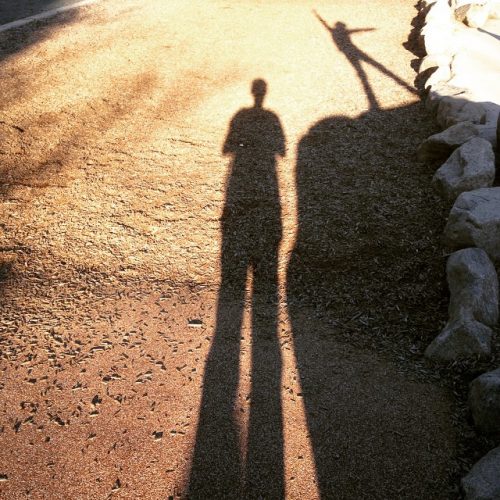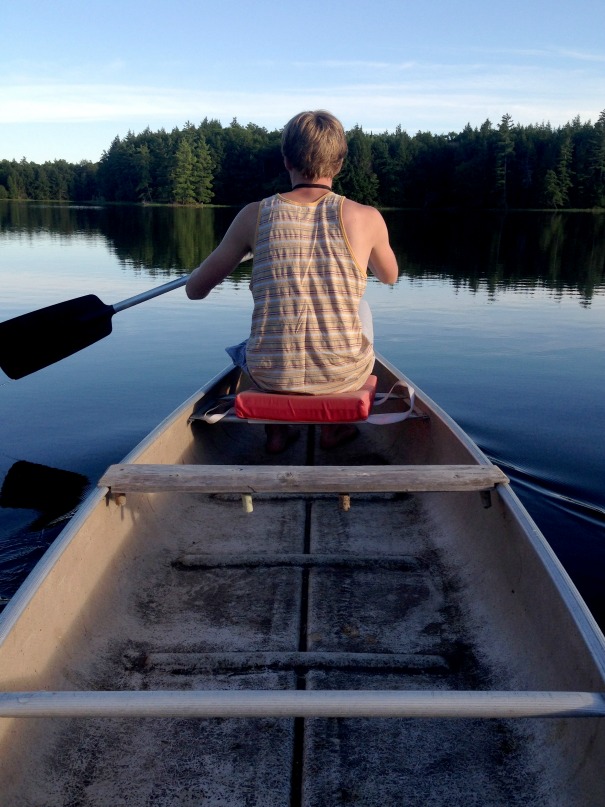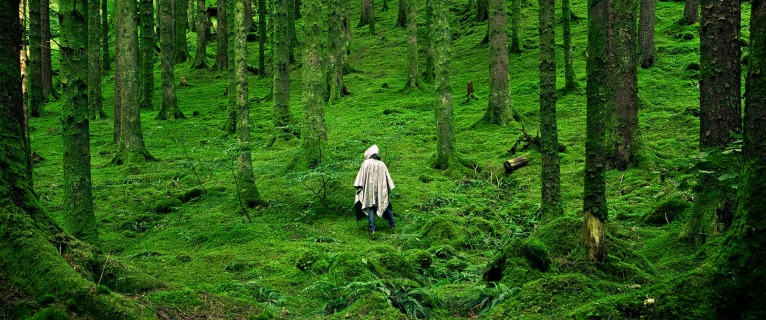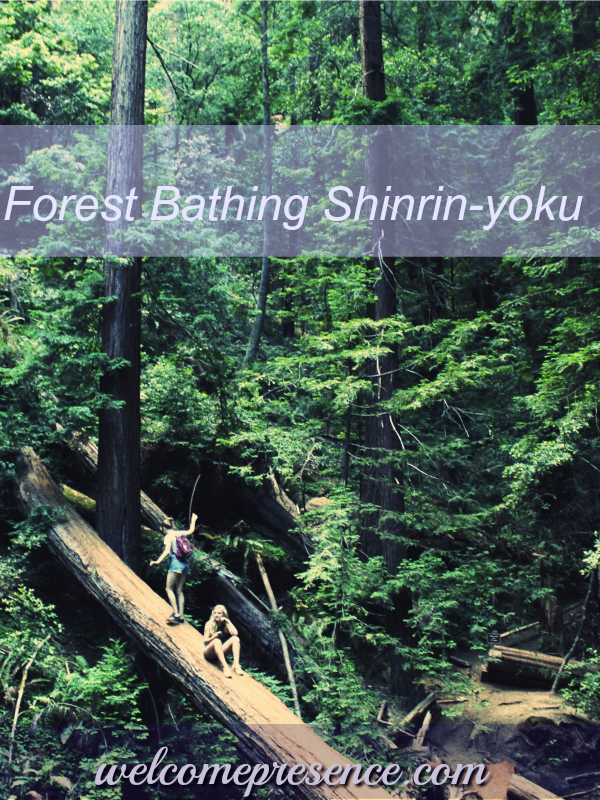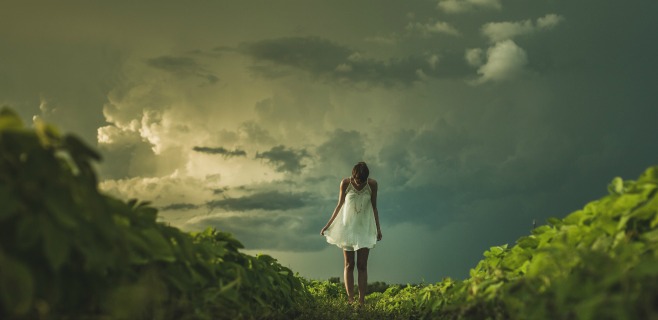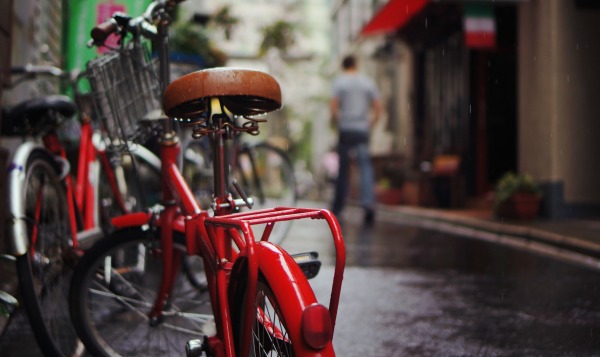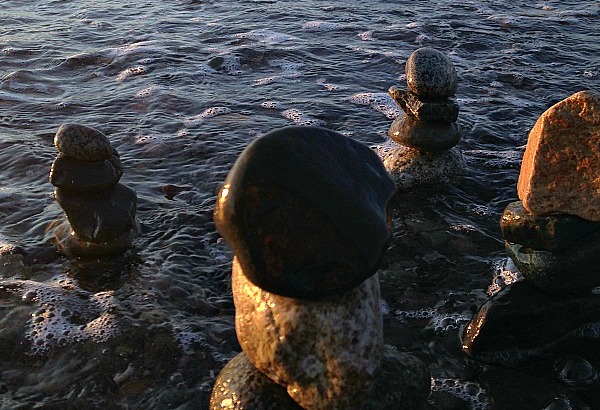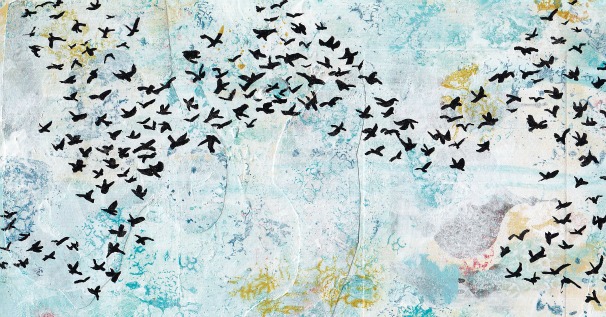“Underneath it all, we are wild and we know it.”
Reggie Ray
Sometimes you can be sitting there and not even notice it happen. The slow creep of water up the beach, the wavering line of wet sand making it’s way up to where you’ve left your things. Next thing you know, the water is lapping at your towel. It’s the tide, and it’s moving in silently.
Despite the quietness, the tide is a powerful event generated by mysterious forces. The moon moves in relationship to the earth and between these two shifting bodies the power of gravity is at work: the earth holds the moon in it’s orbit, and in return the moon exerts it’s own pull, lifting and releasing great bodies of water as it cycles the earth.
Our desires are like this
Once we are locked in to something we desire, the space between us and our desire becomes charged and energy flows. And that’s part of the thrill of desire, the energetic pull we experience in our minds and our bodies. It’s the thrill of aliveness, awake and running through us.
Desires are a powerful force in our life and if we are not conscious in our relationship with our desires they have the power to overwhelm us.
It’s no accident that one of the first questions a life coach is taught to ask of their clients is “What do you want?” Because our thoughts of desire and our bodily experience of desire can be so strong and have such a quality of urgency, we can be pushed to our capacity simply managing them. So it makes sense that we don’t always get to sit down and examine what’s going on.
How often do you consciously think about the desires that move you? How much thought do you give to following the pull of your desires, the field of energy that moves between you and the thing or person or state of being that you are desiring?
Have you ever chased a desire and got burned for it? Followed through on something you thought you wanted, and lost control along the way? I know I have. We might realize afterwards that our energy was spent chasing something we didn’t want so badly after all. We may have chased relationships with people when what we really desired was to be accepted, wanted, loved. May have chased alcohol or drugs when what we really desired was confidence, excitement, or to be comfortable in our own skin. The same with food, or activities, or choosing a place to live.
The desire under the desire
Sometimes the things we really desire are hidden underneath, like deep water moving underneath the surface. The movement of the water below creates visible waves of movement on the surface, and makes it’s mark on the shore. But the actual movement of water underneath can be hard to see. And sitting with all that energy might be a little unnerving sometimes, too.
Diving underneath our apparent desires to find out what’s going on can be helpful because:
Sometimes our desires are misdirected.
Sometimes our desires are overwhelming
Sometimes our desires are trying to tell us something.
Here is a simple exercise that can help get started looking at the nature of our desires and to taste some of that energy that is running through.
A conversation with desire
Doing this exercise can help you check in and, in a very light way, experience the energy of your desire.
The first step is to get something that you consider a treat–your first cup of coffee in the morning, or a beloved pastry, maybe cue up a piece of music that moves you deeply. You can also call up an image of something (or someone) you desire if what you want isn’t at hand.
Next, ground yourself. You need to be aware of your body to do this exercise, so sit comfortably in a chair, or on the floor, if you want to be standing that’s okay too, and direct your attention into the places in your body that are holding you up.
If you are standing that would be your feet, feel where they connect to the floor, experience the pull of gravity on your body. If you are sitting down you might place your attention into your feet on the floor, the buttocks where they rest on the chair. Just feel that for a moment before we move to the next step.
Next, put the treat in front of you. Observe it. Notice what responses come up for you. What thoughts are coming up for you? What do you experience in your body as you observe this treat?
If you are having trouble noticing anything go back and ground yourself again, put your attention back into your feet, your buttocks, sometimes putting a hand in the center of your chest can ground you in your body a little more and help you to access more information. If nothing comes up, then nothing comes up. That’s perfectly okay. That’s information too. There’s no way of doing this wrong.
The next step is to slowly reach towards the treat, but don’t touch it. Use your body for this step, reach out with an arm, even if you’re working with an image you’ve chosen. Again, as you reach out notice what is happening in your body? What thoughts are coming up? Pull your arm back slowly without picking up or touching the treat. What do you notice here?
Okay. We can’t end on a cruel note here.
The final step is to reach out slowly again, this time allow yourself to have the treat. Smell the coffee and have a sip, break into that pastry, imagine yourself with that special person. Notice the thoughts that come up, notice what your body is experiencing right now.
Riding the tides
The exercise we’ve just gone through is a simple one, but it’s a nice way to start leaning into our desires, to help us get a feel for what’s going on underneath the surface as the tides of desire run through us–through our body, through our consciousness.
As you do this exercise you might surprised at what comes up. Sometimes the strength of the desire takes is more than you anticipate, sometimes the final step proves underwhelming and you might wonder why you were so excited to have that thing.
More important than the actual results of doing this exercise, is the power of taking the time to come home to the body and really experience the push and pull as our desires play out. To get a feel for that and to see what’s really going on in there, to get into the habit of having conversations with your desires.
It can begin a fruitful practice of getting to know your desires and appreciate the thill and sense of aliveness they bring to you, while learning how to avoid getting pulled under by them.

